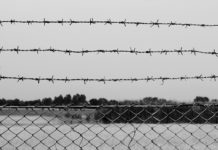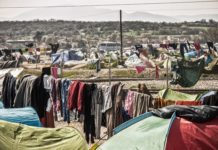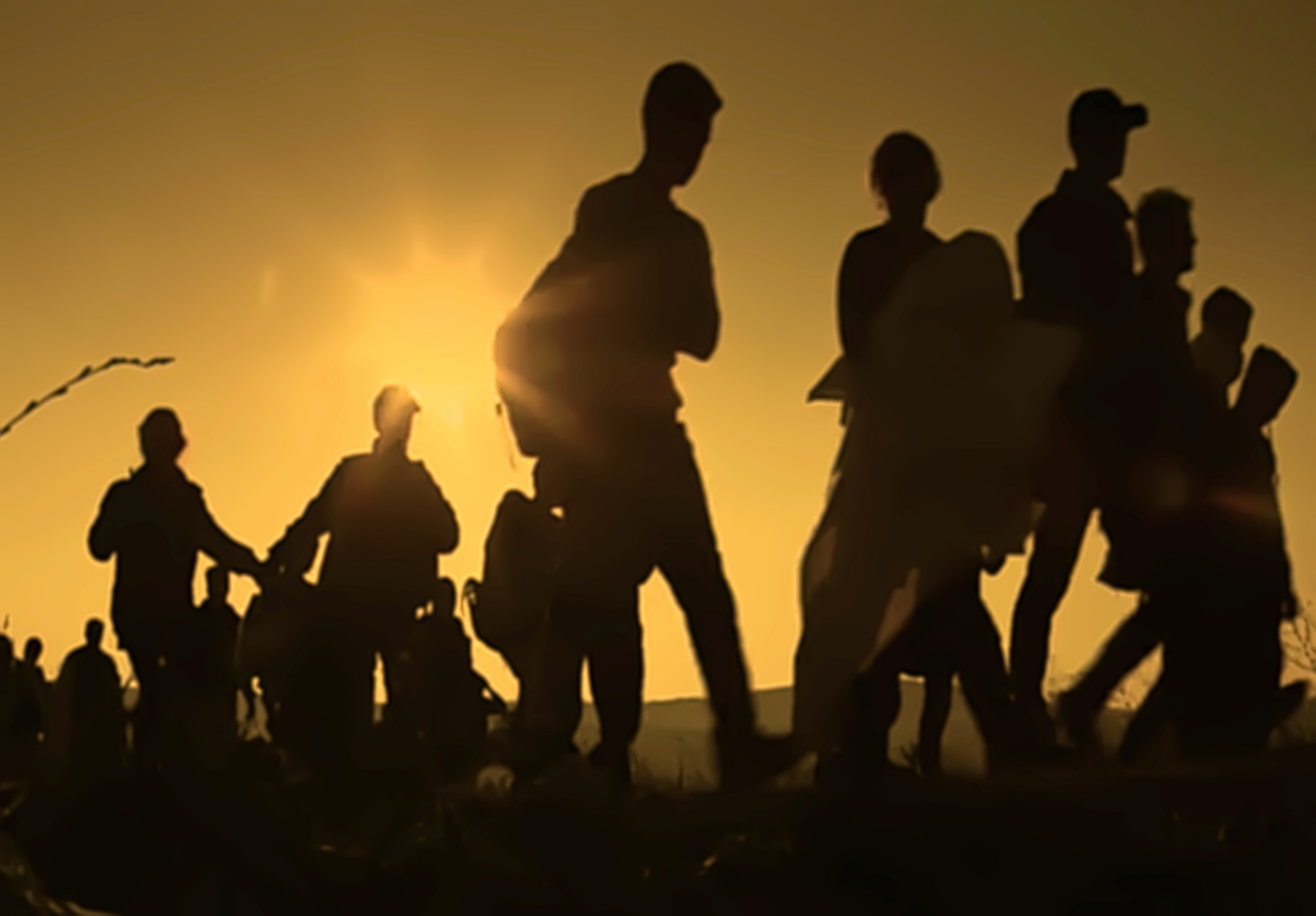Federal Court: IAA affirmed decision to refuse Appellant a protection visa on the basis that he could relocate to Kabul: "I am ... not satisfied that there is a real risk of him facing significant harm ... in Kabul". Under s 36(2B)(a), "there is taken not to be a real risk that a non-citizen will suffer significant harm in a country if ... it would be reasonable for the non-citizen to relocate to an area of the country where there would not be a real risk that the non-citizen will suffer significant harm". As per MZACX and MZZJY, in order for relocation to be reasonable, risk of harm in other place is relevant, but risk need not be as high as "real" and harm need not be as serious as "significant". Did IAA treat reasonableness of relocation as necessarily involving the same risk and level of harm as set out in s 36(2)(aa), namely "real" and "significant"?
The Federal Court (FCA) summarised the relevant facts as follows:
17 At [62], the Authority referred to its finding that there was not a “real chance” that the appellant would face serious harm in Kabul by reason of the specific claims that he had made and stated that for the same reasons, for the purposes of s 36(2B) of the Migration Act, it was not satisfied that there was a “real risk” of such harm. Those reasons included its consideration of country information at [51] –
51. I accept country information which indicates that insurgent groups continue to target high profile groups and places in Kabul, including government institutions, political figures, ANDSF, personnel associated with coalition forces, other security services, international organisations and diplomatic representatives of some countries. However the applicant does not have any profile or association with these groups and although he may be identifiable as a Shia Hazara returnee who has lived in Iran and a Western country I am not satisfied this will bring him to the attention of insurgents in Kabul. Although the recent attack was on a high profile protest, and demonstrates the capacity of ISKP/ISIS to undertake high profile attacks in isolated circumstances, it is not indicative of an increased risk to a Shia of mixed ethnicity who may be identified as Hazara living in Kabul. While I accept that there continue to be security issues in Kabul, I am not satisfied of the likelihood of ISIS or any other group, being able to perpetrate further attacks against the Shia community such as to establish that the applicant as a Shia of mixed ethnicity who may be identifiable as Hazara, not engaged in such activities, will face a real chance of serious harm in Kabul.
18 The Authority then stated at [62] –
62. I have found that there is not a real chance that the applicant will face serious harm in Kabul due to the land dispute, his imputed political opinion as a returnee from the West, as a Shia Hazara of mixed ethnicity or due to his grandfather’s previous employment. As the ‘real risk’ test imposes the same standard as the ‘real chance’ test, for the reasons stated above I am also not satisfied that there is a real risk of the applicant suffering significant harm on the return to Kabul for those reasons.
19 As to the risk of generalised violence, the Authority stated at [63] –
63. Given the current security situation in Afghanistan, I have given consideration to whether there is a real risk of significant harm due to generalised violence in Kabul. Country information indicates that there was a marked increase in security incidents in Kabul in 2015; however DFAT assesses that the primary targets are government institutions, political figures, the Afghan National Defence and Security forces (ANDSF), personnel associated with NATO’s Resolute Support Mission and other coalition forces, other security services, international organisations and diplomatic representatives of some countries. Despite this, these attacks cause significant casualties among civilian bystanders in addition to those being targeted. The Afghan government maintains effective control over Kabul, and a range of counter-measures have been put in place to prevent and respond to insurgent attacks. Although these measures provide a deterrent and ANDSF are quick to respond, attacks are still common. People associated with the government or the international community are at a significantly higher risk than ordinary Afghans in Kabul, but I have concluded the applicant does not have such a profile in Kabul. I am therefore not satisfied that there is a real risk of him facing significant harm on the basis of the general security situation in Kabul.
[citations omitted]
20 The Authority then turned to the question whether it was reasonable for the appellant to relocate to Kabul at [64]-[66] –
64. I have therefore considered whether it is reasonable for the applicant to relocate to Kabul on return. The applicant’s representative submitted to the delegate that the applicant left Afghanistan as a teenager and has never lived in Kabul. He could not reasonably relocate to Kabul where he has no family links he can rely on. The applicant would be vulnerable to exploitation and harm as he has never worked and it would be near impossible for him to find work or live there. At interview the applicant stated that he had relatives from his father’s side in Kabul but would not be able to obtain support from them as they are not on good terms with his family. In addition he would not be accepted as Hazara by the Hazara community who would regard him as Pashtun. Nor would he be accepted by the Pashtun community which would regard him as Hazara. In the IAA submission of 23 September 2016, the applicant’s representative referred to the UNHCR guidelines, stating that although the applicant is a single able bodied male, relocation is not safe or reasonable as he is a Shia Hazara who is easily recognisable; he has spent a significant time as a minor in Australia where he is currently completing year 12 education; he has never worked and has not undertaken any training to enable him to access employment in Afghanistan, nor would he have the social connections to enable him to survive financially without employment.
65. UNHCR advised that many internally displaced people end up in large urban centres which have limited absorption capacity and where access to services remains a major concern. Kabul has seen the largest population increase with 70% of the population being estimated to live in informal settlements which are poorly located and under-serviced. I have had regard to the UNHCR recommendations for considering the reasonableness of relocation referred to by the applicant’s representative, indicating that the only exceptions for the requirement of external support are single able bodied men and married couples of working age without identified specific vulnerabilities. Such persons may in certain circumstances be able to subsist without family and community support in urban and semi-urban areas that have the necessary infrastructure and livelihood opportunities to meet the basic necessities of life and that are under effective Government control. DFAT has also advised that traditional extended family and tribal community structures are the main protection and coping mechanisms for people in Afghanistan, however in practice, lack of financial resources and employment opportunities are the greatest constraints to successful internal relocation which is generally more successful for single men of working age although lack of family or tribal networks for single men can impact on their ability to reintegrate into the Afghan community. However the financial situation of Kabul residents and their employment opportunities are also reportedly worsening.
66. The applicant is a young able bodied man of working age. He is unmarried and has no children. I accept that he arrived in Australia as a 15/16 year old, is now only 18 years of age and has spent the majority of his life outside Afghanistan. He is currently completing education to Year 12 level in Australia, is literate in Dari, Farsi and has gained literacy of English in Australia. The applicant has no work experience but has demonstrated resilience in travelling from Afghanistan to Australia as an 15 year old and does not present with any health problems or other specified vulnerabilities identified by UNHCR as requiring durable support. Although the applicant claims to have no family support in Kabul I am satisfied that his father has been living in Kabul and quite possibly his mother and siblings. Whilst I accept that living conditions in Kabul would not be without difficulties, the applicant has close family links in Kabul which I am satisfied he would be able to utilise to obtain their support. During the protection interview the applicant indicated that he is in regular contact with his family in Afghanistan. Although the applicant has not resided in Kabul previously, he is an able bodied male of working age who has family residing in Kabul as support, and who would be able to assist him in establishing himself in Kabul. Taking into account the applicant’s personal circumstances I find it reasonable for the applicant to relocate to Kabul.
The FCA answered the above question as follows:
The remainder of this article is only available to Case Law and Platinum subscribers.
Read our Terms & Conditions and upgrade below:
Monthly Subscriptions
Annual Subscriptions
Where GST applies, the above amounts are inclusive of GST.
Content Types
Basic Content includes basic news, some media articles and selected announcements.
Premium Content includes all our content, except for Case Law Content. In other words, it includes Basic Content, plus all our articles on legislative and policy changes, industry updates and the Migration Legislation Tracker.
Case Law Content includes Basic Content, plus case law summaries, analysis and extract, but does not include Premium Content.
Platinum Content includes Basic Content, plus Premium Content, plus Case Law Content. In other words, it includes ALL our content.
If you already have a Case Law or Platinum subscription, click on 'Login' below.











